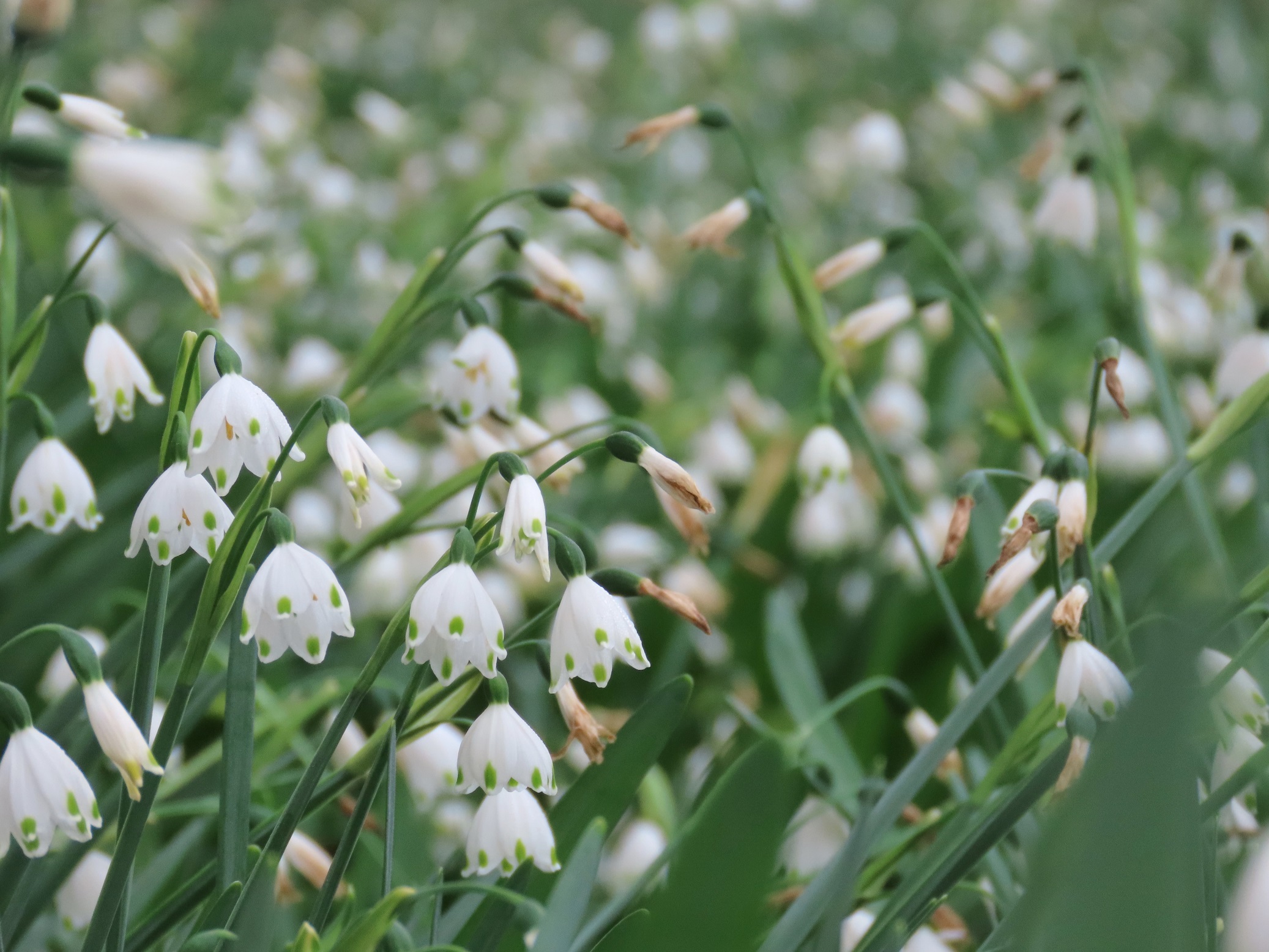
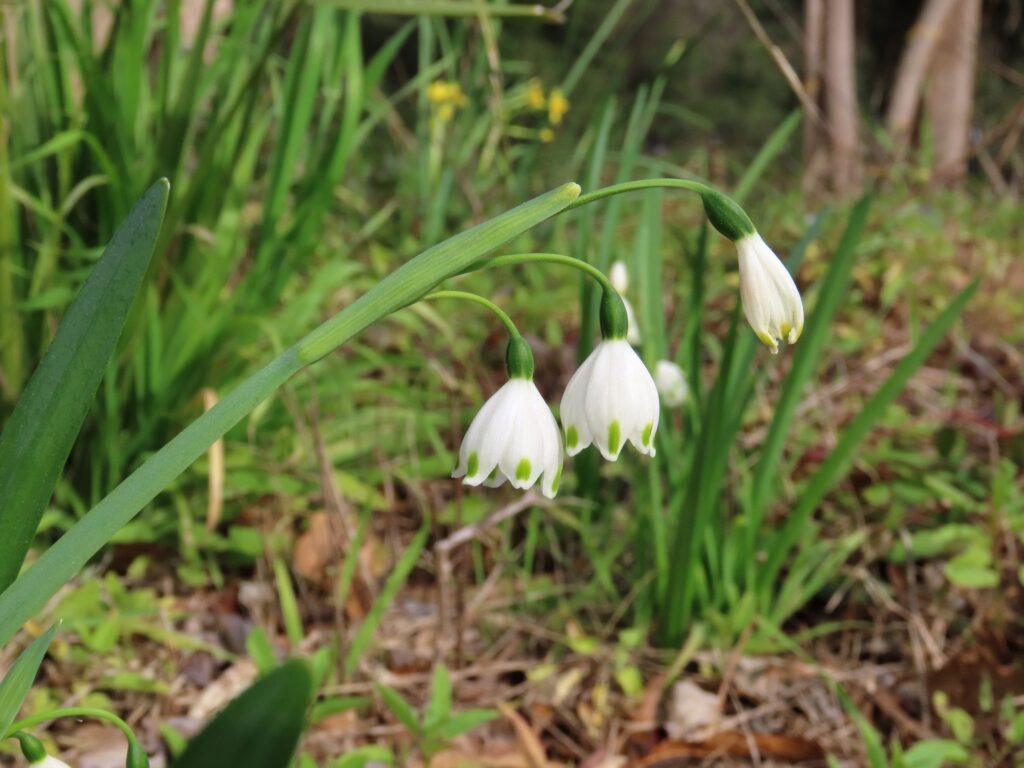
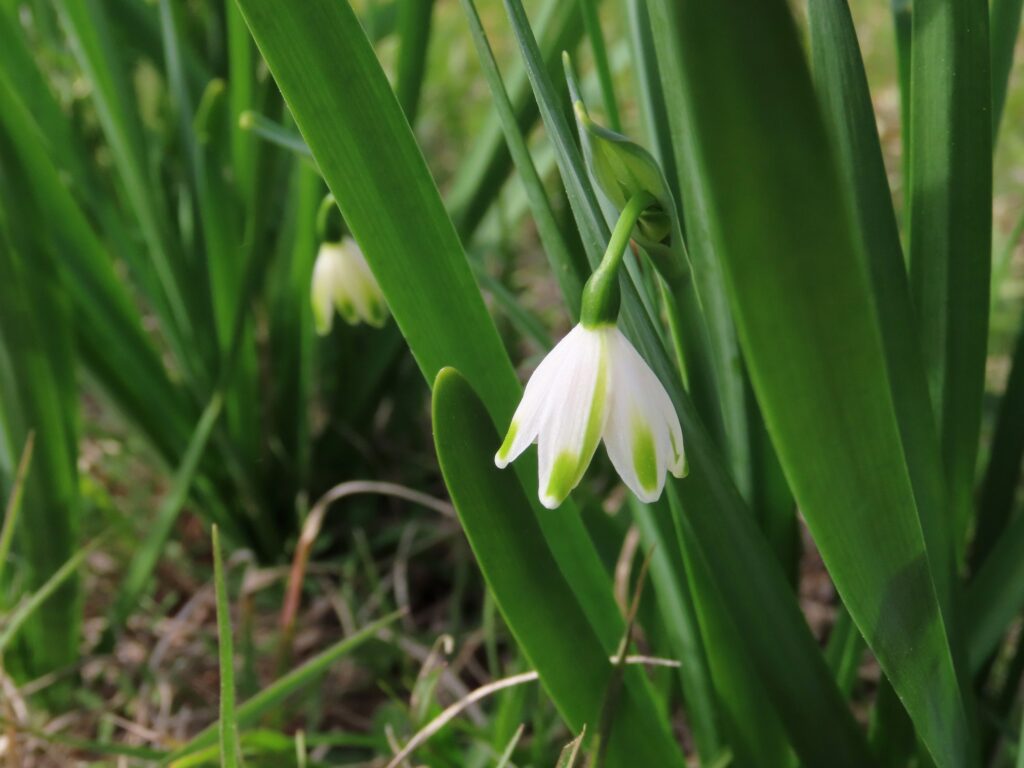
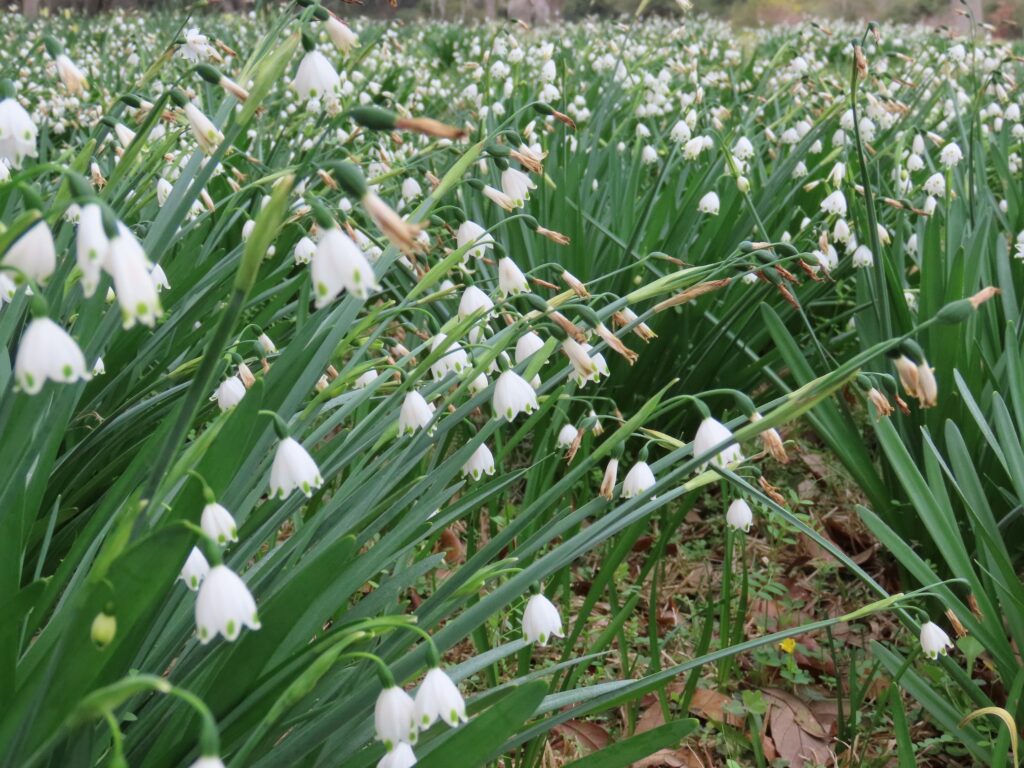
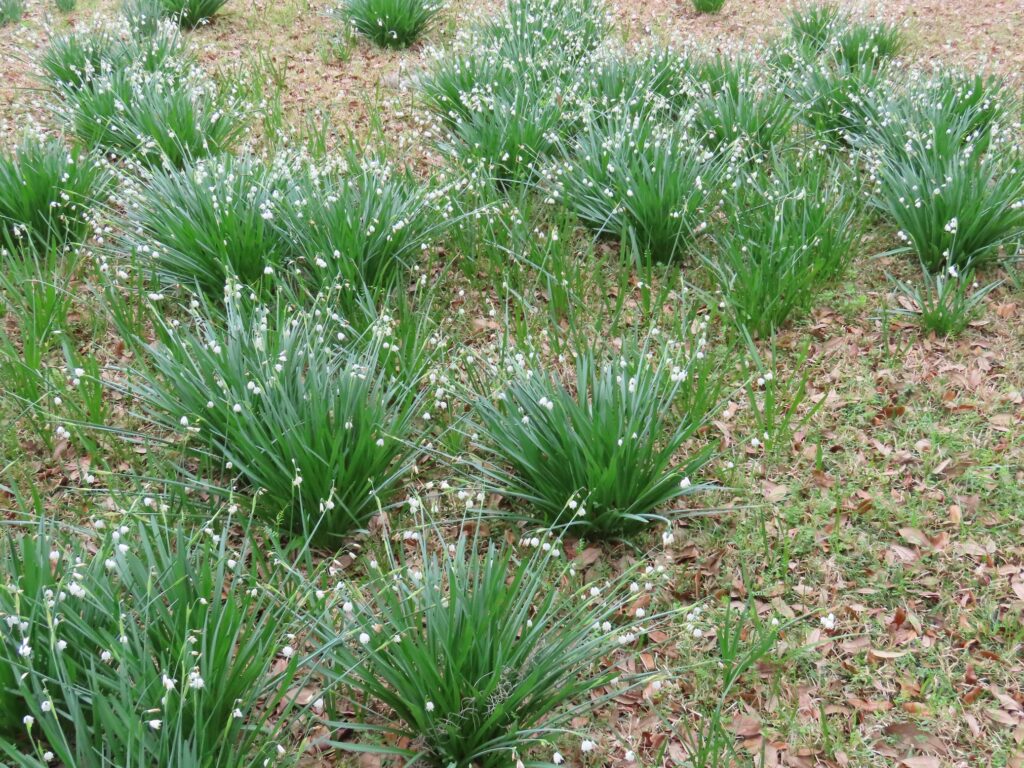
This week for Flora and Fauna Friday, we have an old world relic of homesteads past, Summer Snowflake (Leucojum aestivum).
On the eve of spring, a blaze of white over a bed of jade peppers the countryside. A vibrant life springs forth in the unlikeliest of places: the edge of a field, a roadside bottom, the corner of a lawn, or a backroad clearing. Summer Snowflake has awoken from its annual slumber. Squat bunches of narrow blue-green tongues arch out from the ground. Above them hangs a mast flying flags, six-petalled bells of white tipped in lime-green, signing across the Lowcountry the surrender of winter into spring.
Summer Snowflake is a perennial wildflower native to southern Europe. It’s a bulb plant long cultivated for its ornamental value and was spread to the eastern United States by European colonists. In Europe, its native habitat is streambeds, floodplains, and other wetland margins. In coastal South Carolina, it thrives in our warm climate and moist soils free from its native pests and predators in Europe. Summer Snowflake is what’s known as a naturalized exotic. A species that isn’t native to our region and thrives without care, but that doesn’t spread so viciously as to invade new habitats and cause harm. Summer Snowflake is far more prone to spread than Narcissus but doesn’t have the wanton wanderlust of Edisto’s African Gladiolus. It will spread into sunny wetlands but stays put on drier, sandier soils. An interesting consequence of naturalized, long-lived, stationary ornamental plants like Summer Snowflake, Daffodils, and Narcissus are that their presence often acts as an archaeological indicator. These plants were commonly planted around homes, graves, driveways, and other human structures to provide a breath of life and a symbol of civilization to generations past. Over time these structures crumble, are dismantled, and their remains swallowed by the earth. However decades or even centuries later, if they’ve not been buried beneath our maritime jungles, Summer Snowflake persists, staking out the ruins of yore and providing remembrance of peoples long since passed.